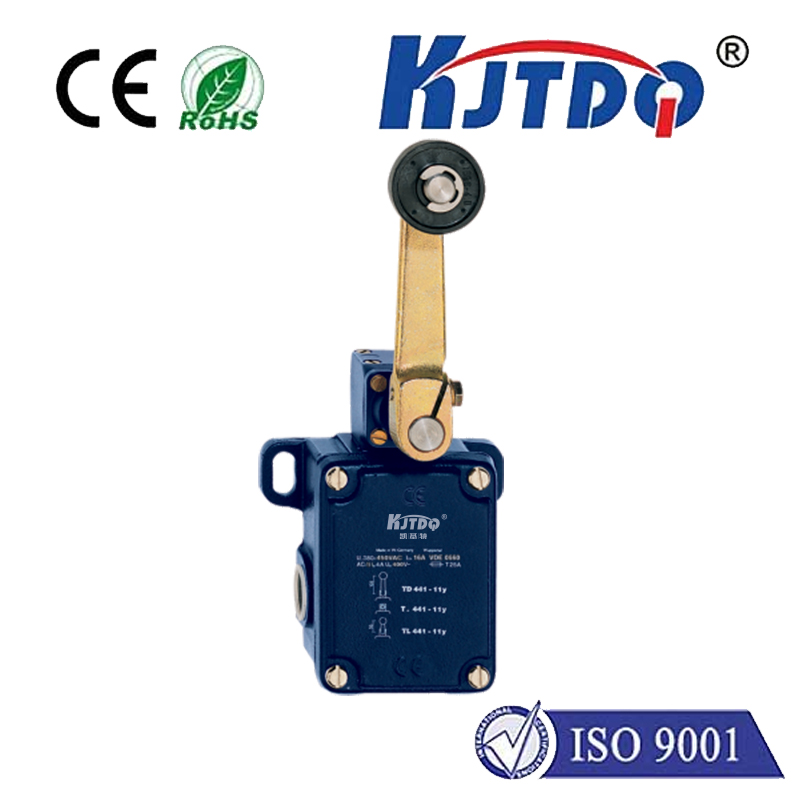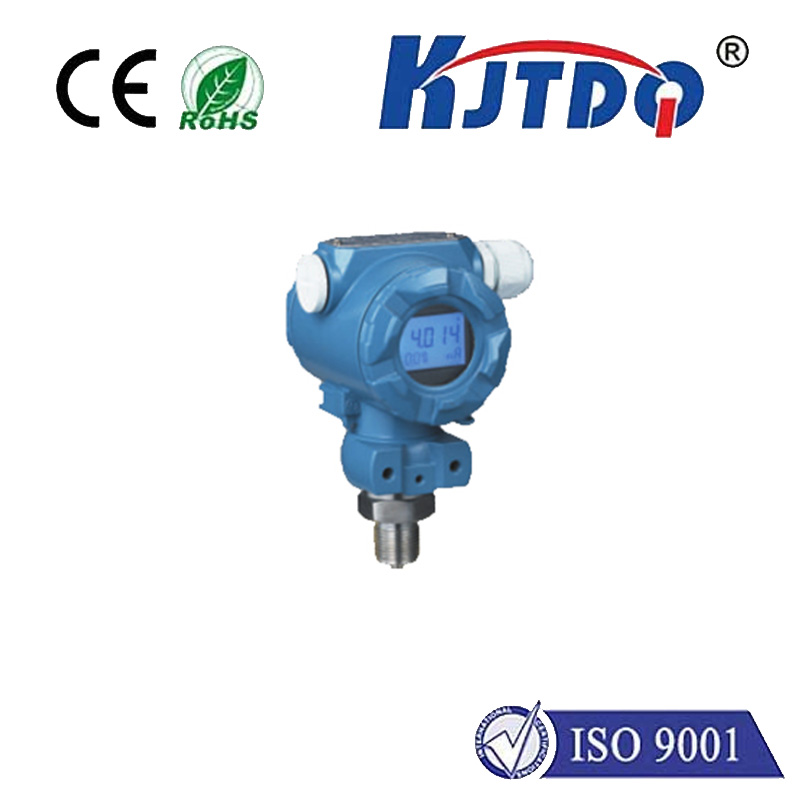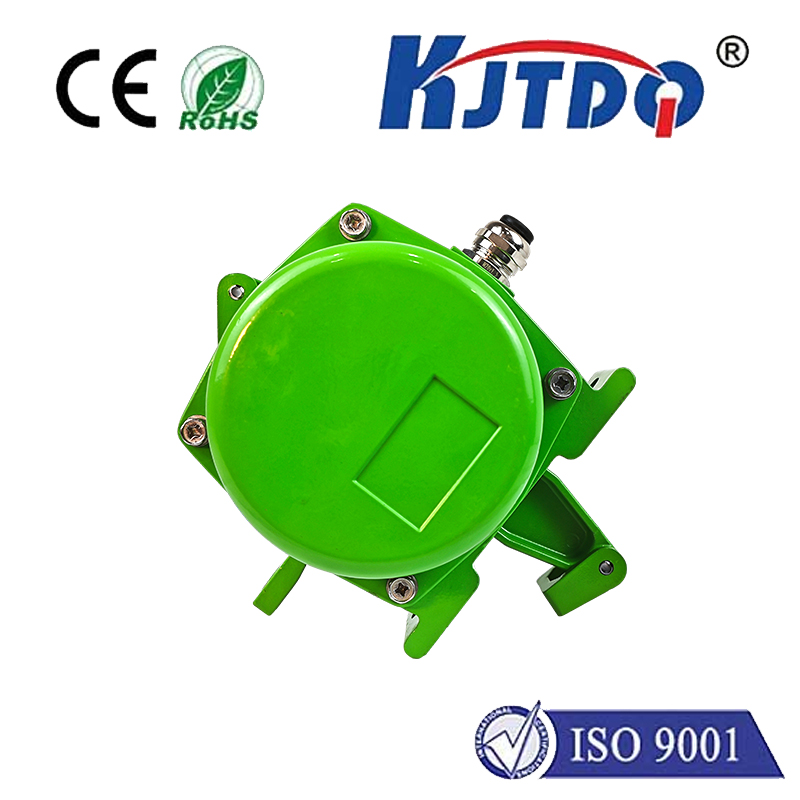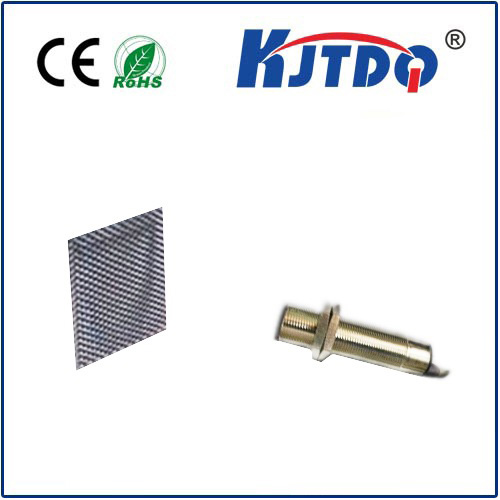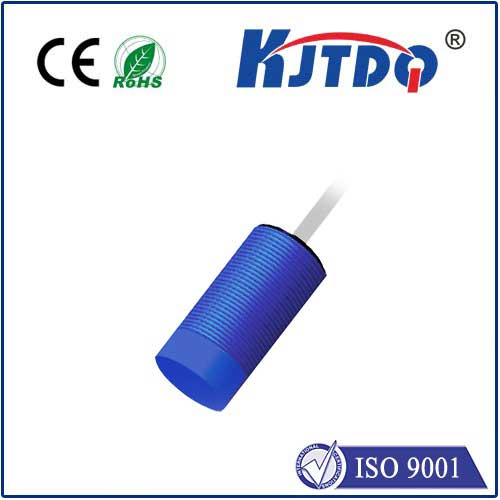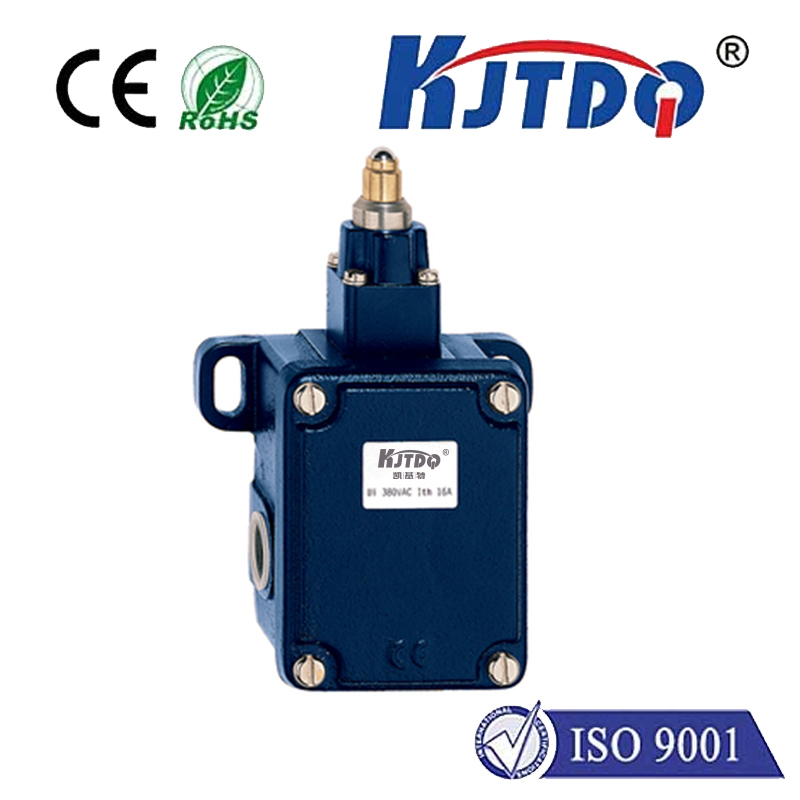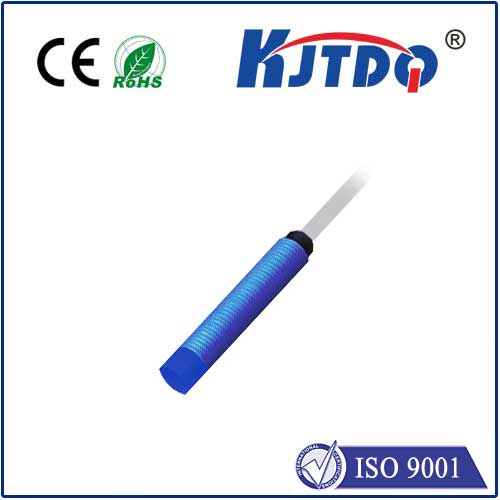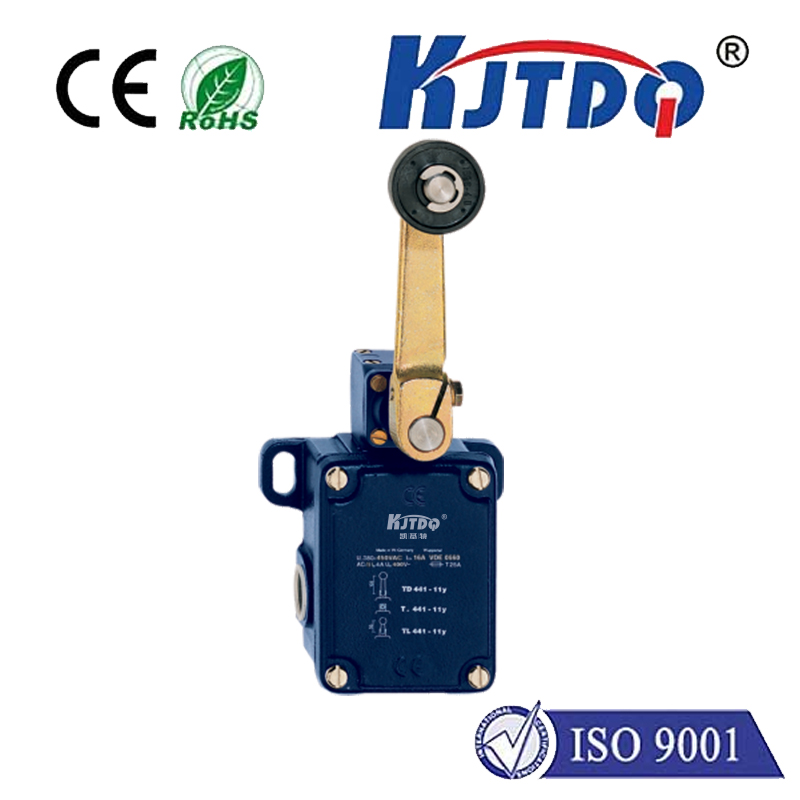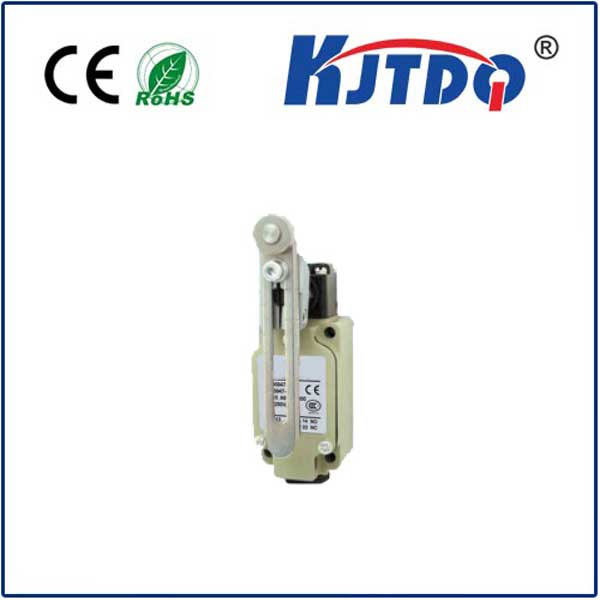transmissive optical sensor
- time:2025-09-11 05:48:24
- Нажмите:0
The Invisible Sentry: Demystifying Transmissive Optical Sensors in Automation
Ever stopped to consider the silent, unseen mechanism that detects the paper in your printer, counts revolutions on a motor shaft, or verifies the presence of an item on a high-speed assembly line? Often operating unnoticed yet profoundly critical, the transmissive optical sensor is a fundamental workhorse powering modern automation and detection systems. Understanding its elegant principle and diverse applications reveals a cornerstone of reliable, non-contact sensing.
The Core Principle: Light Interrupted
At its heart, a transmissive optical sensor operates on a brilliantly simple yet robust concept: interruption. It comprises two essential components physically separated and facing each other:
- Emitter (Light Source): Typically an infrared LED (Light Emitting Diode), though visible light LEDs are sometimes used. This component generates a focused beam of light.
- Detector (Light Receiver): Usually a highly sensitive phototransistor or photodiode. This component is precisely aligned to receive the light beam emitted directly opposite it.
The defining characteristic of the transmissive configuration is that the light beam travels through the space between emitter and receiver. When the light path is clear and uninterrupted, the detector receives the light signal, translating it into an electrical output (often a logic “high” or “on” state). When an object physically interrupts the light beam passing between the emitter and detector, the light signal is blocked. The detector no longer receives sufficient light, causing its output state to change dramatically (to logic “low” or “off”). This binary state change – light present or light blocked – forms the fundamental detection signal.
Why Choose Transmission? Key Advantages

This seemingly simple setup offers compelling advantages that make optical sensors like the transmissive type indispensable:
- Non-contact Detection: The sensor detects objects without physically touching them. This eliminates wear and tear on both the sensor and the target object, crucial for delicate materials or high-cycle applications. Physical isolation is a major benefit.
- High Speed and Responsiveness: Light travels fast! This enables the detection of extremely rapid object movements or interruptions – think thousands of detections per second on a production line – far exceeding mechanical switches. Время отклика is measured in microseconds.
- Long Operational Life: With no moving parts to fail (unlike mechanical switches) and minimal physical interaction, transmissive sensors boast exceptional reliability and longevity. Component durability is inherent.
- Environmental Resilience: Properly designed transmissive sensors can operate effectively in environments with dust, dirt, smoke, or vibration, where traditional contact sensors might fail. Some employ modulated light signals combined with filtering circuitry to distinguish the sensor beam from ambient light, enhancing noise immunity.
- Precision Positioning: The light beam creates a very well-defined detection point. The position where the beam breaks is highly specific, allowing for precise object location verification or edge detection. Position sensing accuracy is a key feature.
- Versatility in Object Detection: Transmissive sensors can detect virtually any opaque object that interrupts the beam – plastic, metal, cardboard, wood, liquids (if contained), etc. – based solely on the interruption principle. Material independence offers broad application potential.
The Engine Room: Typical Components
Delving slightly deeper into those core components enhances understanding:
- Emitter: Infrared LEDs are preferred for several reasons. They are highly efficient, generate little heat, operate consistently over long periods, and their wavelength is typically invisible to the human eye, minimizing distraction and interference. The IR light source is key.
- Detector: Phototransistors are common due to their high sensitivity to the specific wavelength emitted by the paired LED and their ability to produce a relatively strong output signal proportional to the received light intensity. The phototransistor acts as the signal converter.
- Housing & Lens: Components are housed in a protective plastic or metal casing. Integral lenses focus and collimate the emitted light beam and focus incoming light onto the detector element, maximizing range and accuracy. Optical alignment is critical for performance. Slots integrated into the housing ensure precise positioning of the object interrupting the beam.
Where the Light (Gets Interrupted): Ubiquitous Applications
The robustness and simplicity of the transmissive optical sensor make it ubiquitous across countless industries:
- Printing & Paper Handling: Detecting paper presence/absence, jams (multiple sheets), edges, and holes in printers, copiers, ATMs, and ticket dispensers. Paper feed verification relies heavily on them.
- Industrial Automation & Manufacturing: Counting objects on conveyors, verifying component placement, detecting end-of-travel limits on machinery, monitoring bottle fill levels (via interruption detection), and confirming gate/safety door closure. Object sensing and position control are core functions.
- Consumer Electronics: Detecting tray positions in CD/DVD players, sensing disk insertion, flagging open/closed states on appliances (like lid detection). System status feedback is essential.
- Robotics: Providing binary feedback for positional limits (e.g., end-effector open/close confirmation), detecting obstacles at entry points. Robot end effector control benefits from their speed.
- Security: Acting as the core component in many break-beam security sensors, where an interruption triggers an alarm. Intrusion detection systems utilize them extensively.
- Medical Devices: Used in fluid level detection within IV lines or dialysis machines, and cartridge presence verification in diagnostic equipment. Liquid level sensing (indirectly) is achievable.
- Transportation: Monitoring baggage belts, detecting vehicles at toll gates or car washes, and verifying door closure on transit systems. Vehicle detection is a common task.
Choosing and Using Wisely: Important Considerations
While versatile, deploying transmissive optical sensors effectively requires attention to several factors:
- Alignment: Precise alignment between emitter and detector is absolutely critical. Even slight misalignment can cause false triggers or failure to detect. Mounting stability is paramount. Vibration can disrupt alignment over time.
- Operating Distance: Sensors have a specified sensing range. Attempting to use them beyond their designed separation distance will lead to unreliable detection due to insufficient light reaching the detector. Maximum sensing range must be respected.
- Target Object Size: The object interrupting the beam must be sufficiently large and opaque to reliably block the light. Very small or transparent objects might not be consistently detected. Object opacity matters.
- Environmental Factors: While generally robust, extremely dusty, steamy, or dirty environments can coat the lenses, attenuating the light beam over time and reducing performance. Direct, intense ambient light (especially sunlight) hitting the detector can overwhelm the sensor signal if it lacks good ambient light rejection (like modulation). Environmental contaminants and ambient light interference are potential challenges. Lens cleaning or shielding might be needed.
- Electrical Compatibility: Ensure the sensor’s output type (PNP, NPN, analog, etc.) and voltage levels match the control circuitry it connects to. Check the sensor datasheet carefully.
The Unseen Enabler
From the mundane task of knowing when your printer is out of paper to ensuring the smooth, high-speed operation of complex robotic assembly lines, transmissive optical sensors are the silent, reliable sentinels of the automated world. Their elegant principle of light interruption translates into dependable non-contact detection across a staggering array of applications. By understanding their working principle, inherent advantages, typical applications, and critical usage factors, engineers and technicians can effectively leverage these essential components, ensuring precise control, safety, and efficiency in countless systems that shape our modern world. Their fundamental light barrier function is a cornerstone of modern sensing.

